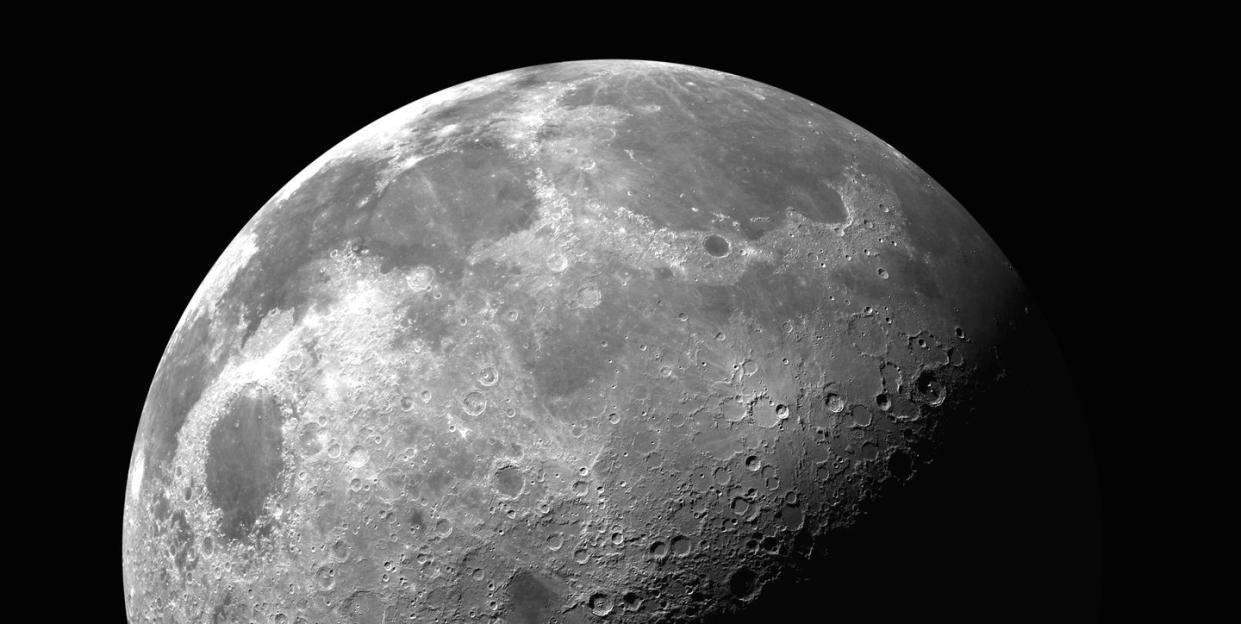We’re Going to Need to Set a Moon Standard Time

The ESA just released applications for private companies to help with their Moonlight program.
Among other operations the project will carry out, Moonlight hopes to establish a standard moon time.
Standardizing lunar time is critical for future navigational and telecommunications efforts on the moon, especially as we send more and more missions that will need to communicate and meet up with each other.
We’re going to need a new time zone—on the moon.
With the ever-growing number of missions trying to get humans and robots back to the moon, and long-term plans to eventually have them stay there, it’s becoming more and more apparent that communications and navigation are going to become substantial challenges to overcome.
And in order to set up systems like that, you need to know what time it is. Everything from GPS to telecommunications relies on extremely specific measurements of time, and right now, we don’t have the infrastructure to tell time like that on the moon.
So, recently, the European Space Agency (ESA) put out a call for companies to help them with their “Moonlight” program—a network of three or four satellites that, when launched, will be the first to provide a lunar navigations and communications system. Specifically, they want assistance in setting up standardized moon time.
“[Moonlight] will allow missions to maintain links to and from Earth, and guide them on their way around the moon and on the surface, allowing them to focus on their core tasks,” said Wael-El Daly, system engineer for Moonlight, in a press release. “But also, Moonlight will need a shared common timescale in order to get missions linked up and to facilitate position fixes.”
In the past, each lunar mission has kept its own time, using large space antennas to synch up with the clocks back on Earth. But as more missions start launching and having to communicate with each other off-world, each mission keeping its own time is not going to work anymore.
Even though we know it’s going to be necessary very soon, setting a Moon Standard Time is not going to be easy. For one, if we set the time based on Earth time at all, those setting this new standard will have to factor in lunar time drift. Because the moon has less gravity than Earth, clocks actually run a tiny bit faster there—they gain about 56 microseconds per day.
There’s also the question of who keeps the time. On Earth, the technologies that require keeping incredibly accurate time—such as telecommunicaions and navigation—all set their clocks by Universal Coordinated Time (UTC), which is maintained by the Paris-based Bureau International de Poids et Mesures (BIPM) using multiple atomic clocks. If we’re essentially going to make a lunar version of UTC, we’re going to need someone to act as its timekeeper.
And on top of all of that, no matter what timekeeping system gets implemented, it has to be functional for those using it—namely, lunar astronauts. Considering that parts of the moon can have nights that last for 2 weeks and days that last for almost a month, creating a system that works for everyone on the moon is not going to be simple.
The whole idea of setting a standard Moon time originally surfaced in conversations around how to eventually establish NASA’s LunaNet. LunaNet is meant to act as sort of a Moon-Earth internet, and is described as a “framework of mutually agreed-upon standards, protocols and interface requirements allowing future lunar missions to work together, conceptually similar to what we did on Earth for joint use of GPS and Galileo,” by Javier Ventura-Traveset, ESA’s Moonlight Navigation Manager in a news release.
And for that framework to get up and running, the time it’s based on has to be logical, functional, precise, and user-friendly. It’s a big ask on an international project, but an important one. And one we need to figure out if we’re going to be able to maintain our lunar visitation schedule.
You Might Also Like


